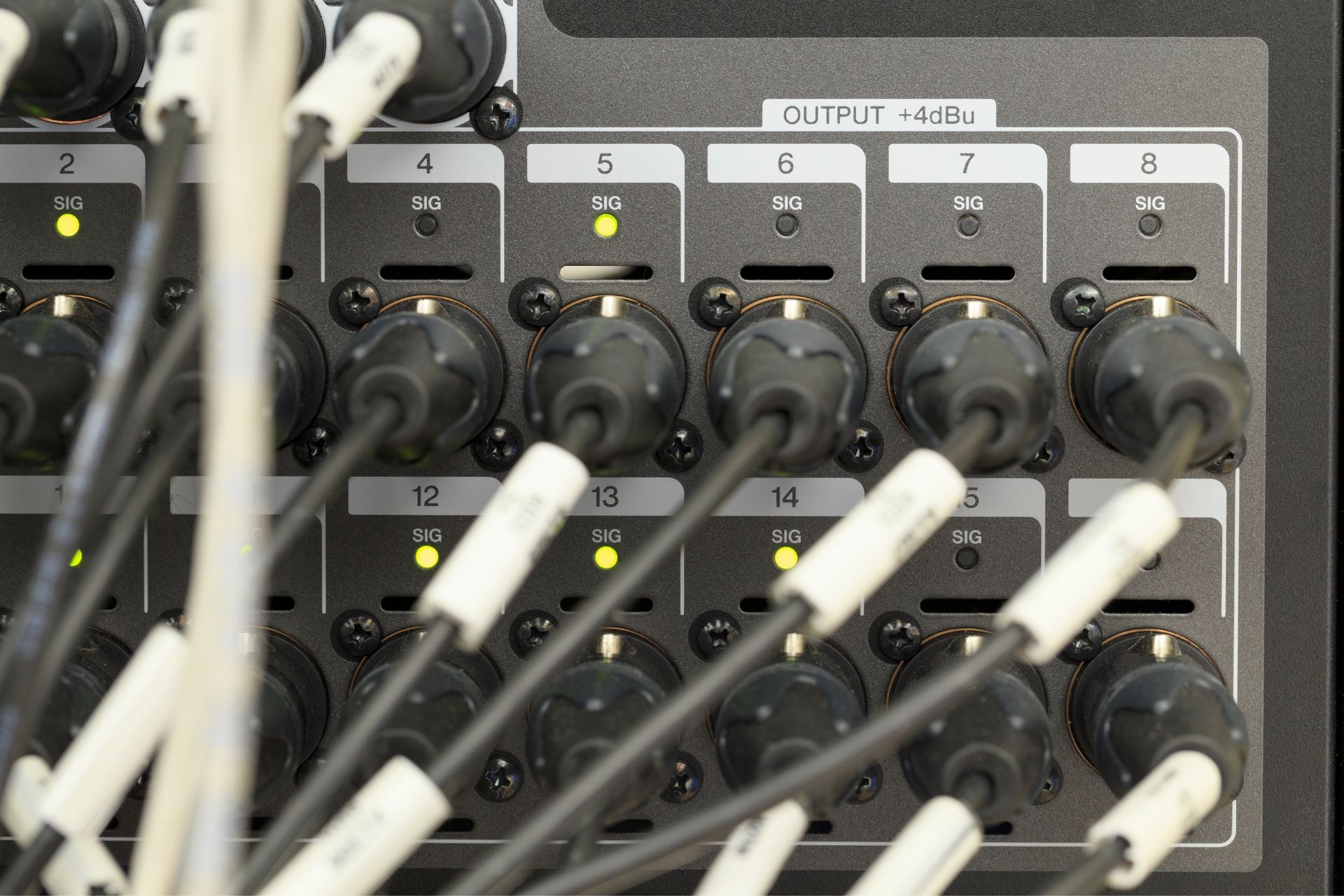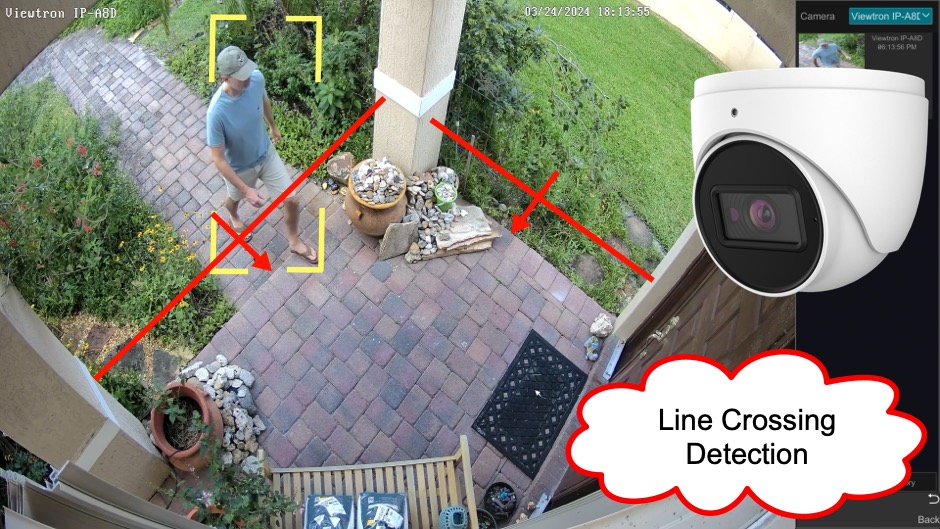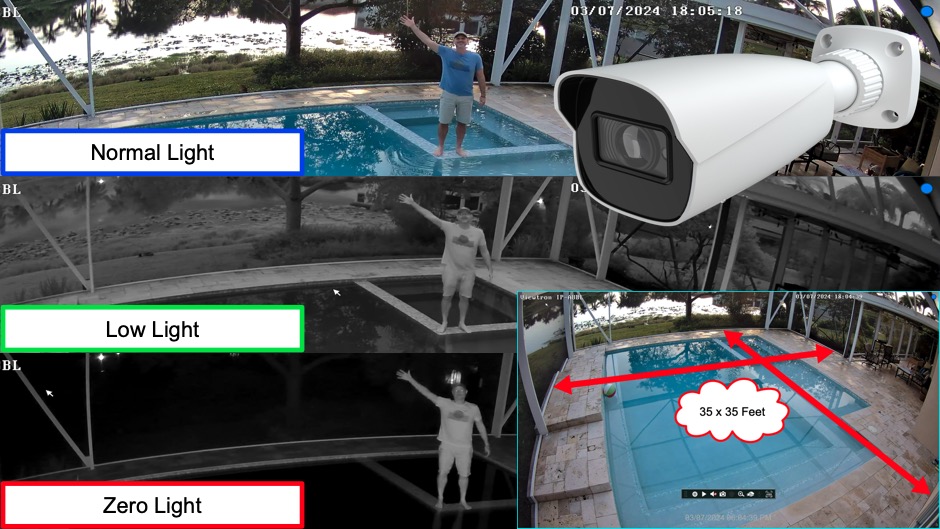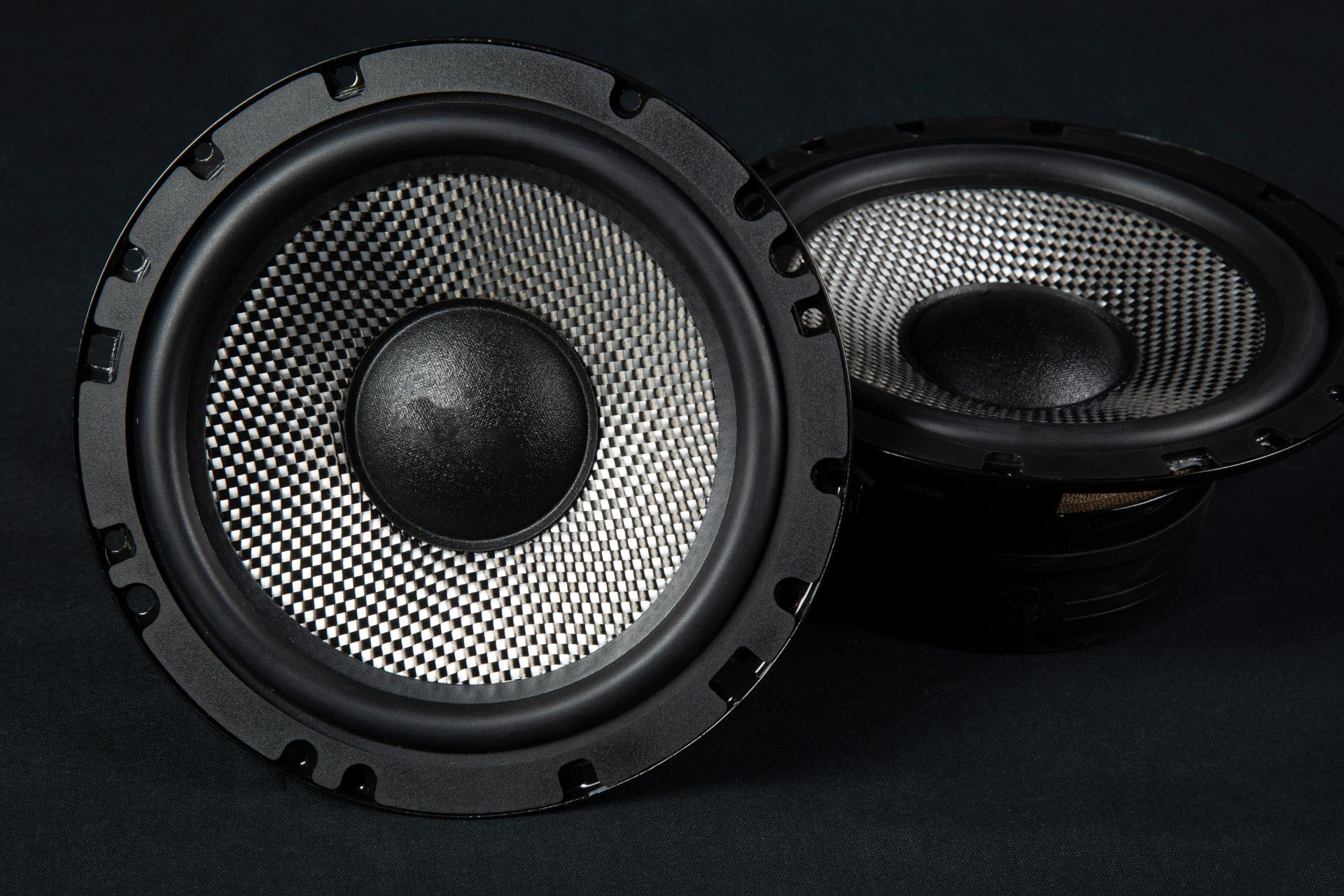Wireless Mesh Networking
How does the routing algorithm in wireless mesh networking work?
In wireless mesh networking, the routing algorithm works by determining the best path for data packets to travel from the source node to the destination node. This is achieved through a combination of proactive and reactive routing protocols, such as OLSR (Optimized Link State Routing) and AODV (Ad-hoc On-demand Distance Vector). These algorithms take into account factors like link quality, hop count, and network congestion to ensure efficient and reliable packet delivery within the mesh network.







